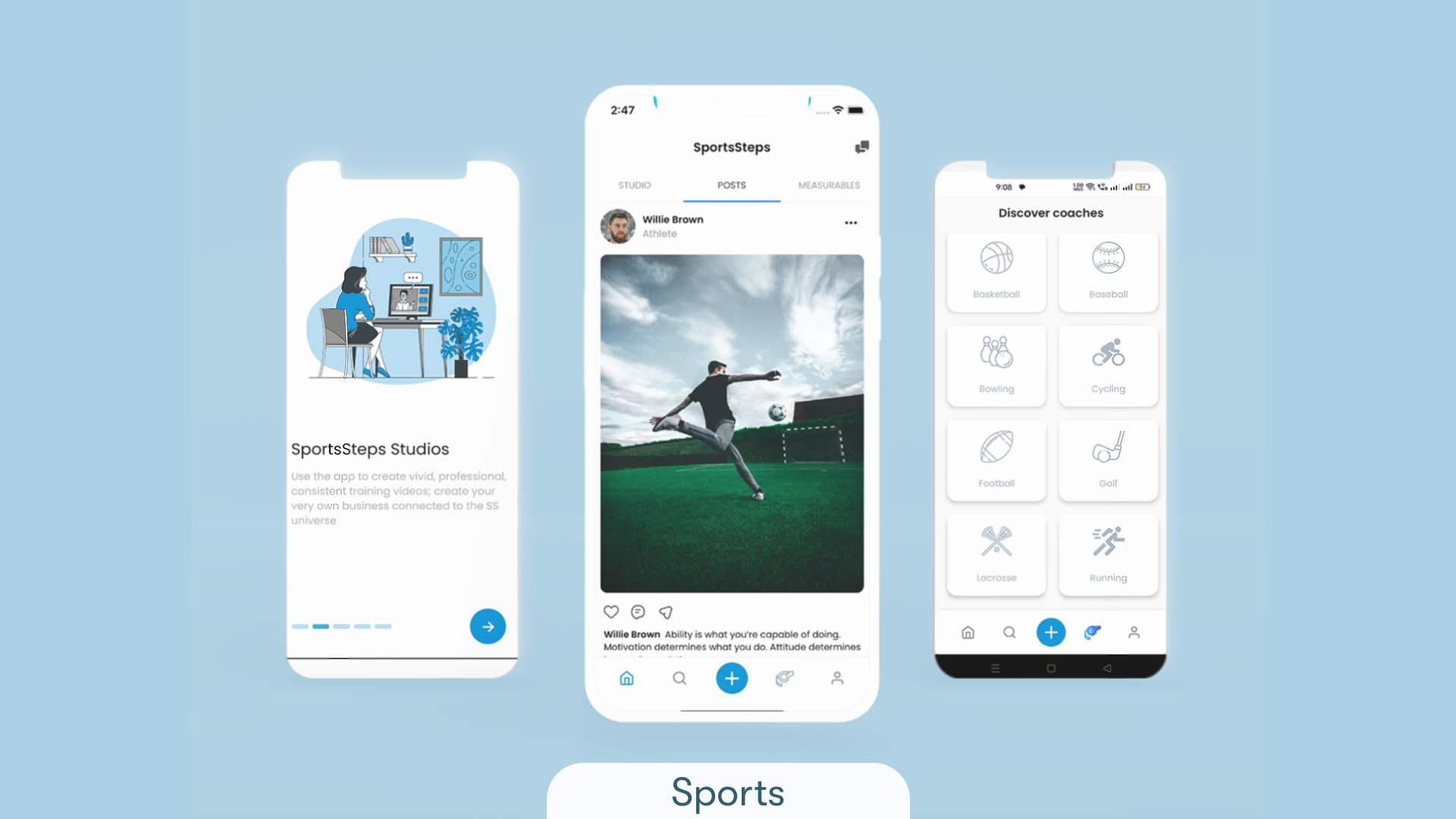February 12th, 2025 at 09:47 am
The real estate industry is undergoing a digital transformation, with virtual reality (VR) emerging as a game-changer in property viewings. As technology advances, VR-enhanced real estate apps are providing potential buyers and renters with immersive, interactive property tours—revolutionizing how properties are showcased and experienced.
In 2025, the adoption of VR in real estate is set to streamline decision-making, reduce costs, and enhance customer engagement. This article explores the role of VR in real estate, its benefits, challenges, case studies, and what the future holds.
Understanding Virtual Reality in Real Estate
Virtual Reality (VR) allows users to experience properties remotely through interactive 3D simulations. Instead of relying on static images or videos, potential buyers or renters can:
- Explore properties in 360-degree virtual environments.
- Navigate through rooms, adjust lighting, and customize layouts.
- View properties using VR headsets, mobile apps, or web platforms.
How VR Works in Real Estate Apps:
- 360° Virtual Tours: Users can “walk through” a home or commercial space remotely.
- Interactive Staging: Buyers can visualize different furniture setups, wall colors, or home designs.
- VR Showrooms: Developers and builders use VR to showcase under-construction properties.
By integrating VR, real estate apps provide a more engaging and informative experience, reducing the need for in-person visits while expanding access to global markets.Benefits of VR-Enhanced Property Tours
1. Immersive Viewing Experience
Unlike traditional property listings with static images, VR property tours offer:
- Lifelike Experiences: Users feel as if they are physically present in the property.
- 360-Degree Navigation: Explore rooms, outdoor spaces, and property layouts interactively.
- Customization Options: Virtual staging allows users to modify interiors, offering a personalized experience.
This immersive approach boosts buyer confidence and increases the likelihood of purchase decisions.
2. Time and Cost Efficiency
VR-powered property tours save time and money for buyers, renters, and real estate professionals by:
- Reducing Unnecessary Travel: Buyers can explore multiple properties remotely before shortlisting for physical visits.
- Enhancing Global Reach: International investors can tour properties from anywhere, expanding market accessibility.
- Speeding Up Sales Cycles: Faster decision-making leads to quicker transactions and increased conversions.
For real estate agents, VR eliminates logistical challenges and improves operational efficiency, leading to higher customer satisfaction.
Challenges in Implementing VR Technology
While VR integration offers significant benefits, it also presents challenges that real estate businesses must address:
1. High Development Costs
- Creating high-quality VR tours requires specialized cameras, software, and skilled developers.
- Businesses must invest in 3D modeling, rendering, and VR-compatible platforms.
2. Hardware and Accessibility Limitations
- Not all users have access to VR headsets or high-performance devices required for seamless VR experiences.
- Optimizing VR content for mobile devices and web browsers remains a challenge.
3. User Adaptation and Learning Curve
- Some users may be unfamiliar with VR controls and navigation.
- Real estate apps must include user-friendly tutorials and guided experiences to ensure accessibility.
Addressing these challenges requires cost-effective solutions, cloud-based VR processing, and intuitive UI/UX design for seamless user adoption.
Future Prospects of VR in Real Estate
Looking beyond 2025, the future of VR in real estate is expected to evolve with emerging technologies:
1. AI-Powered Virtual Assistants
- AI chatbots integrated with VR will provide real-time property insights and answer buyer inquiries within virtual tours.
- Smart algorithms will offer personalized property recommendations based on user preferences.
2. Haptic Feedback for Realistic Interactions
- Advanced VR systems will incorporate haptic feedback, allowing users to “feel” textures of surfaces in a virtual property.
- Touch-sensitive gloves and controllers will enhance realism and interactivity.
3. Blockchain-Powered VR Transactions
- Smart contracts and blockchain technology will facilitate secure, transparent real estate transactions directly within VR platforms.
- Buyers will be able to digitally sign contracts and process payments in a virtual environment.
4. Augmented Reality (AR) and VR Fusion
- Future real estate apps will combine AR and VR, allowing users to place virtual furniture in real-world spaces using mixed reality technology.
- Enhanced AR property overlays will provide real-time data on pricing, history, and neighborhood insights.
With these innovations, VR real estate apps will continue to redefine property buying, selling, and renting, making transactions faster, smarter, and more immersive.
Conclusion
As virtual reality becomes mainstream, its integration into real estate apps is revolutionizing property tours, reducing decision-making time, and enhancing customer experience. From immersive walkthroughs to AI-powered recommendations, VR is shaping the future of real estate in 2025 and beyond.
For real estate businesses looking to stay ahead in a competitive market, embracing VR technology is no longer optional—it’s essential.
Looking to develop a cutting-edge VR-powered real estate app? Contact Nordstone today to create innovative, scalable, and user-friendly solutions for the future of real estate.












